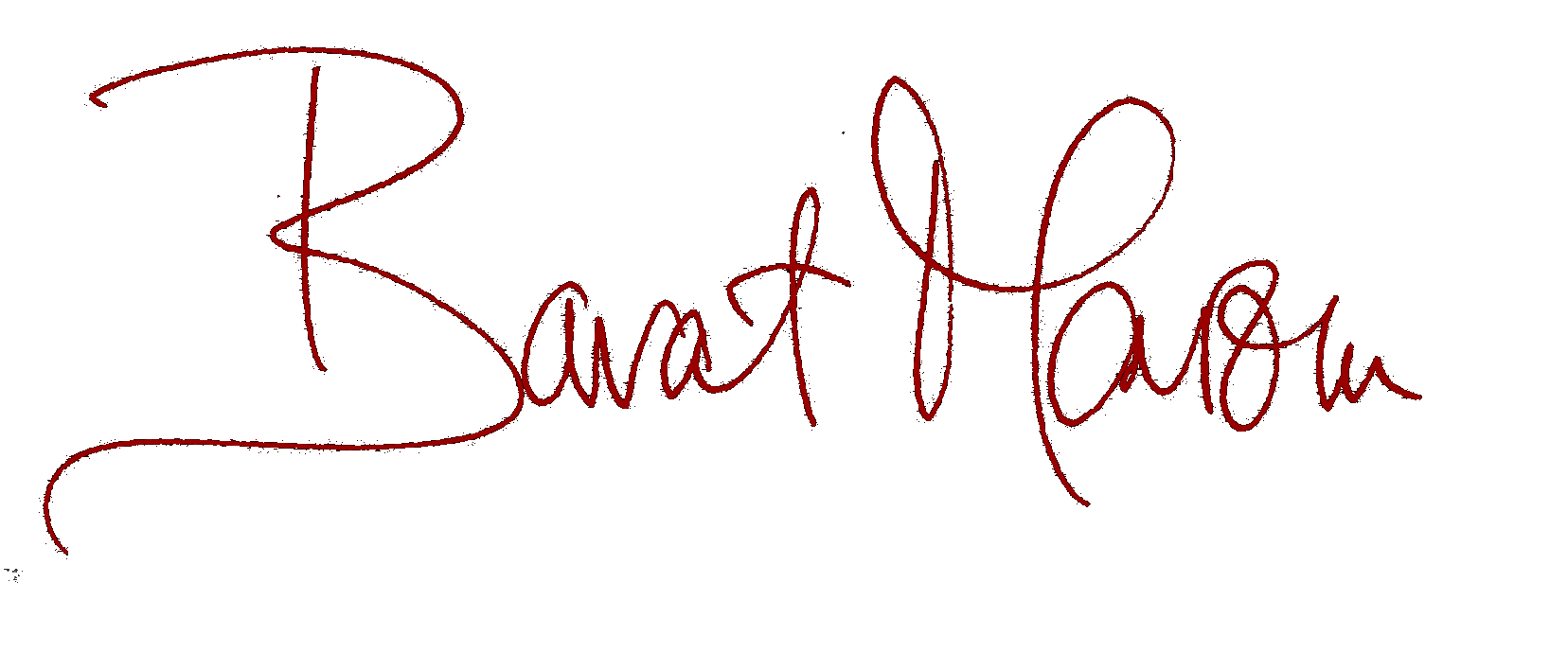My teaching philosophy
My mission as a vocal educator is to guide students to an empowered and stable sense of center within themselves that is self-reliant, knowledgeable, and enables them to freely expresses their individual, artistic voice.
My work is focused on the technique of freeing the voice from constraining habits, training it to freely ride the flow of air, so that it can resonate in the natural resonators; thus the voice becomes a healthy and expressively trained tool to be used by the singer’s artistic imagination. I place the focus of my work on technique as I believe that technical mastery is the basis for personal expression.
My holistic approach, based on solid technical concepts, is being molded to meet the individual student where they are. Every student brings their own past experiences and habits that requires a different approach to their development, and therefore only through a customized plan will each student be able to reach their full potential and artistic autonomy. I encourage my students to develop an introspective dialogue as means of self reliance, while I stay in constant dialogue with them to help them incorporate their discoveries and personal experiences into a complete technical concept. When they start to guide their development by sensation rather than by listening and judging themselves externally, they become their own teachers. This process empowers them as it enables them to gain control over their development and independence in their daily work. They learn how to protect and care for the health of their vocal apparatus and prevent damages that may be caused by extensive use. Consequently, they gain the freedom to take stylistic and artistic decisions, express their individuality on stage and protect themselves emotionally as well as technically in a demanding career.
My teaching method is anatomy-based, built on the foundation of European singing methods of the late 19th and early 20th centuries, particularly: Bel Canto, the Swedish-Italian School of Singing method (for which I’ve received individualized training and a teacher’s certificate from David Jones in New York), The Viennese and German Schools, my study in depth of the teachings of great masters such as Lamperti and Garcia; and the knowledge which I have accumulated through my studies with great teachers and colleagues such as Kammersängerin Kaja Borris and others, as well as the experience I’ve accumulated during my many years of performing professionally on stage.
The first half of any lesson is dedicated to warm-up exercises and technique, and in the second half the student applies the vocal technique to repertoire.
Among the major practices we work on are:
- Body connection: healthy posture, the posture’s relation to developing awareness to the shape of the inner instrument, breath correlation with weight-shifting and freedom in the joints, sensing the relationship between inner and outer space, strengthening of bodily connection through primal sounds;
- Achieving an open pharynx and training to keep the “open throat”;
- Developing awareness of the wide soft palate and the “pillars of fauces” (Palatoglossal Arches) to encourage the release of upper overtones and a healthy phonation;
- Releasing the jaw, tongue, larynx, and neck muscles;
- Activating the natural support while holding back air pressure with the lower lumbar muscles and the abdominal muscles;
- The practice of “appoggio” for a healthy phonation and an even breath flow;
- Controlling the onset of the voice in a healthy manner (“coup de glotte” as Manuel Garcia called it);
- Practicing “voce cuperto” as a tool to enhance the thin-edged function of the chords, for head voice development and balance, for the even flow of air pressure, for a smooth glide through the passaggios, for registration balance, for practicing the laryngeal tilt, for focusing sound waves in the resonance, for vocal protection, as a therapeutic tool, and more;
- Controlling the circular motion of the air through open resonances;
- Blending the registers, achieving balance between space and ring;
- “ng” position with the middle of the tongue as the “home-base”, correct tongue-root and tongue-tip positions, working the tongue independently of the jaw and the muscles that connect to its base;
- Pharyngeal vowels;
- Laryngeal tilt and its relation to registration;
- Frontal vibration and narrow ring sensation as a result of coordinating open acoustical spaces and the support;
- Improving musicianship through resonance, ring, legato, dynamics, vowel-consonant relation, visualization and so on.
It is of the utmost importance for me to treat my students with compassion and a nonjudgemental attitude, to create a safe atmosphere for emotional openness and for playful curiosity, and to be seen by my students as a role model and as their support system. Our educational dialogue requires from both of us the utmost concentration and commitment to the process and the highest ethical standards. The greatest satisfaction for me is to see that my students feel grounded and secure as human beings and as artists, find their authentic voice, and know that they acquired all the necessary tools to express themselves and care for their voice in their daily life and in their career.
